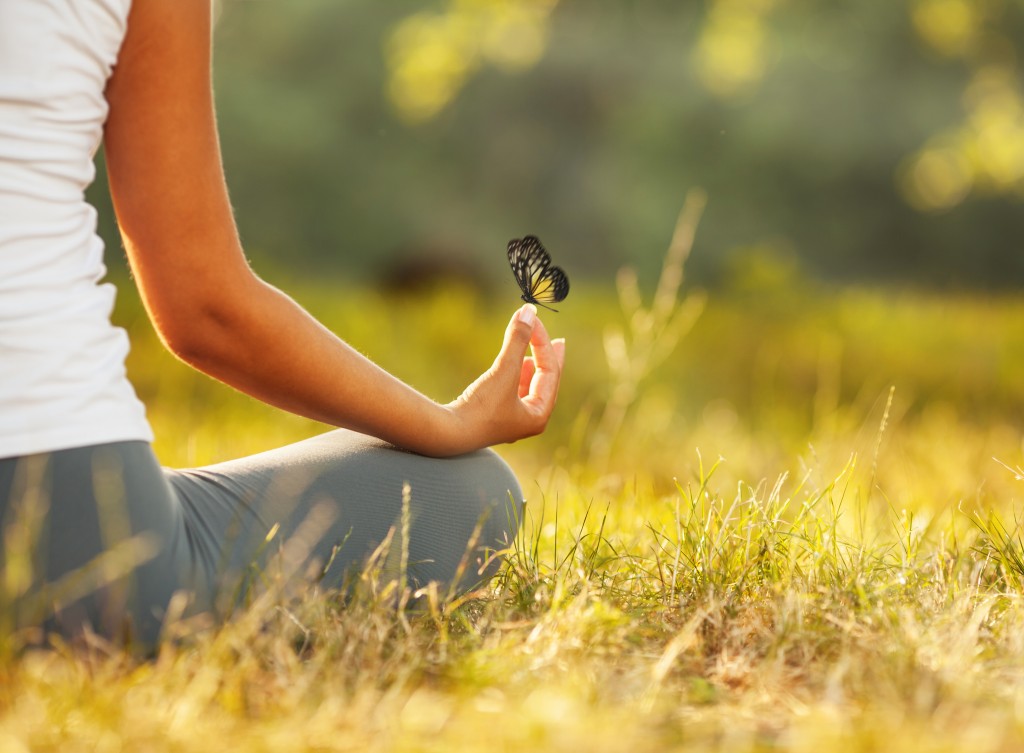Disclaimer: What Liberty Ate. This site provides food and drink content for informational purposes only.
Over 5,000 years ago, yoga was developed by the Indus-Sarasvati civilization as a spiritual discipline to unite the body and the mind in harmony with the universe. The practice was done for the cultivation of one’s inner world and aligning it to a natural consciousness rather than a kind of exercise or therapy to improve a person’s health and well-being. It was only when yoga masters from India traveled to the West when yoga became popular and transformed into the billion-dollar industry we know today.
There’s also no denying the numerous health benefits, both physically and mentally, that yoga brings to an individual. Someone who regularly practices can expect improvements in their strength, flexibility, and endurance, as well as greater self-control and a feeling of calmness. However, yoga can be intimidating, especially if you think you’re not flexible or strong enough. Some people think yoga is only a slow practice, with minimal challenge and impact.
The truth is there are many kinds of yoga, ranging from vigorous and active to the more subdued and reflective. They can be as short or as long as you want it to be, which is perfect if you’re killing time waiting for your clothes at the dry cleaners or have a free afternoon without anything scheduled. Additionally, experienced instructors create their varieties using movements from different styles. You’re bound to find something that works best for your body type and workout needs. Here are a few styles to get you started:
For flexibility and strength: Vinyasa Flow
Considered as the most popular type, Vinyasa flow is known for its fluid movements into strong poses. You move with your breath, which can feel like you’re a ballerina trying to dance your way through a play. Vinyasa is also one of the more challenging kinds of yoga because it integrates a lot of arm balances, inversions, and backbends. The people you see on Instagram who are striking awe-inspiring balancing poses are usually practitioners of Vinyasa Flow. However, instructors can easily adjust some of the poses for beginners, which can help them progress towards completing the pose.
For unwinding after a stressful day: Yin Yoga
Deep stretching is the name of the game for Yin Yoga. The focus is loosening the tight deep connective tissues in the muscles, such as in the hips and lower spine, and bringing rejuvenation to the area. You’ll spend most of your time on the floor, holding onto postures while meditating and concentrating on breathing. Yin Yoga is a good starting point for people interested in the mindfulness nature of yoga.
For competitive souls: Ashtanga Yoga

Ashtanga works best for people looking for a challenge because of its high-impact nature. The practice focuses on building up a person’s upper body strength while favoring fast and explosive movements. Type-A individuals will also appreciate its routine-like pose sequences because they can focus on honing their posture and poses without any surprises from the instructor. Beginners should start with a slower-paced class to understand the basics.
Whatever your reasons and preferences, no doubt, adding yoga to your life can be beneficial. Don’t let the misconceptions about the practice stop you from trying it out.

